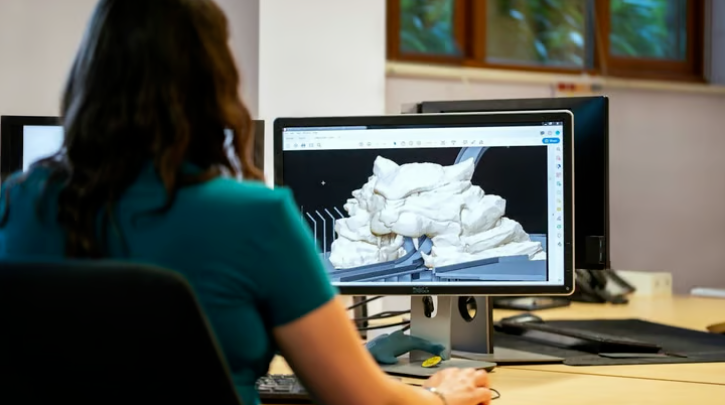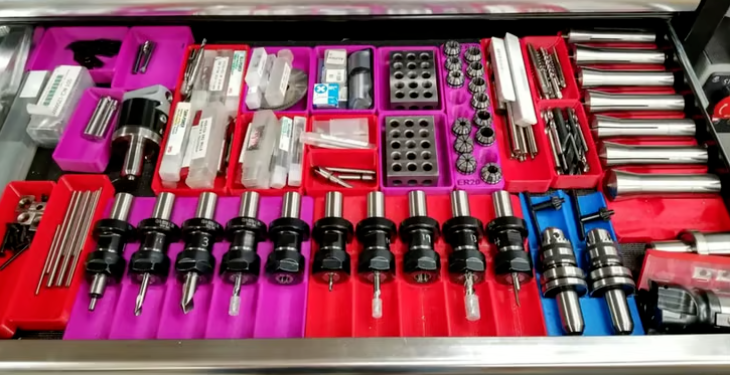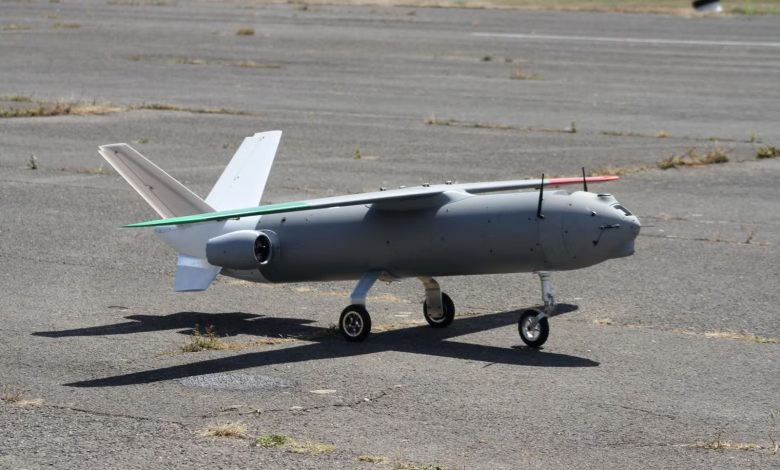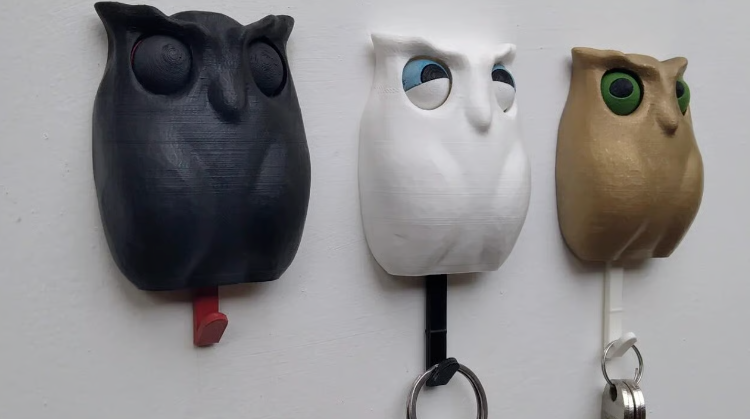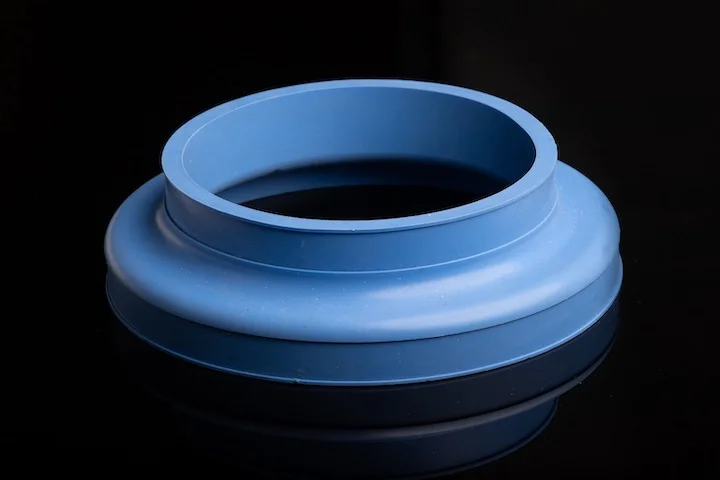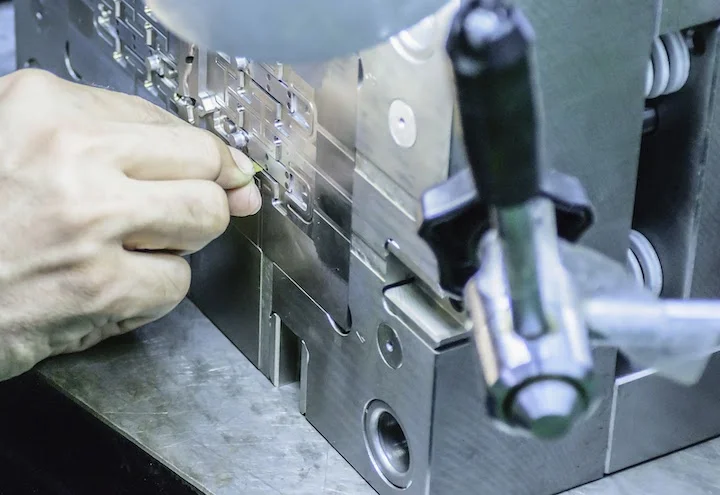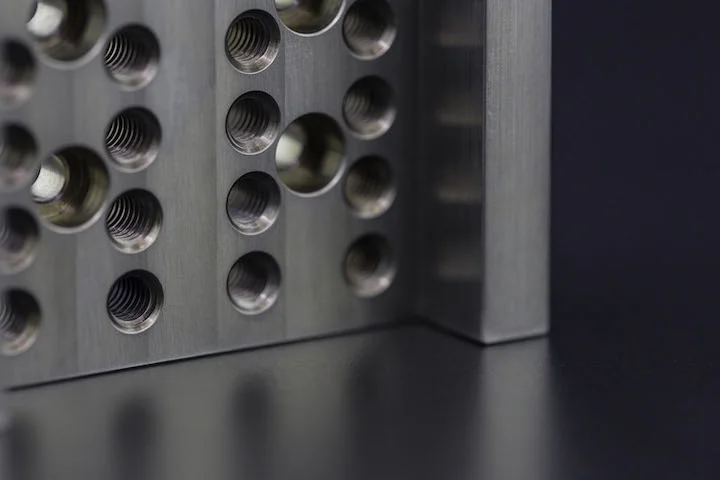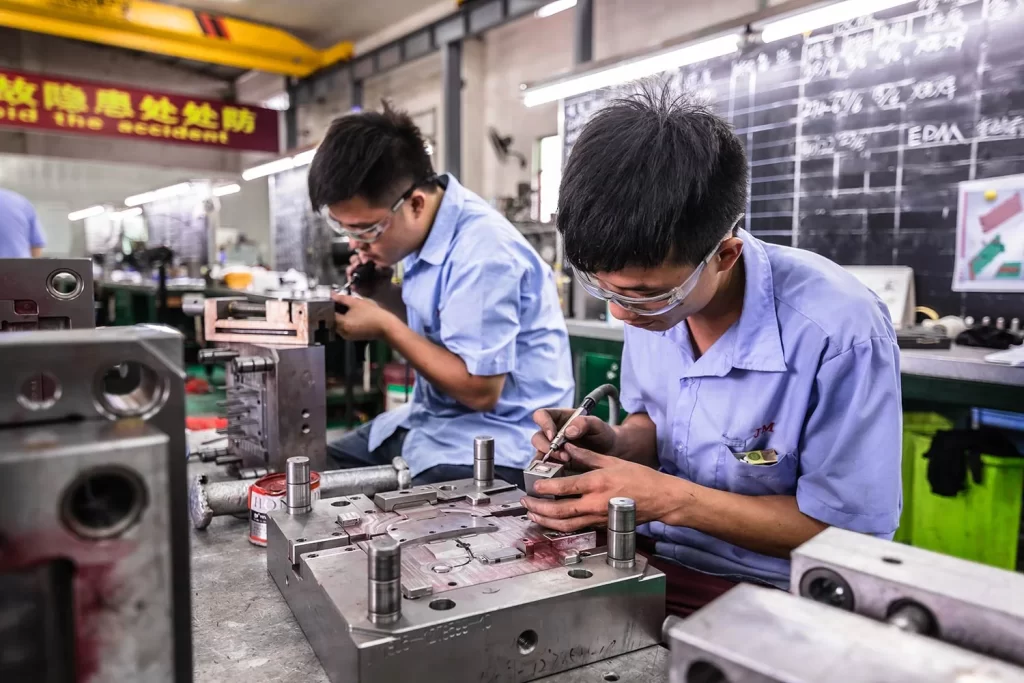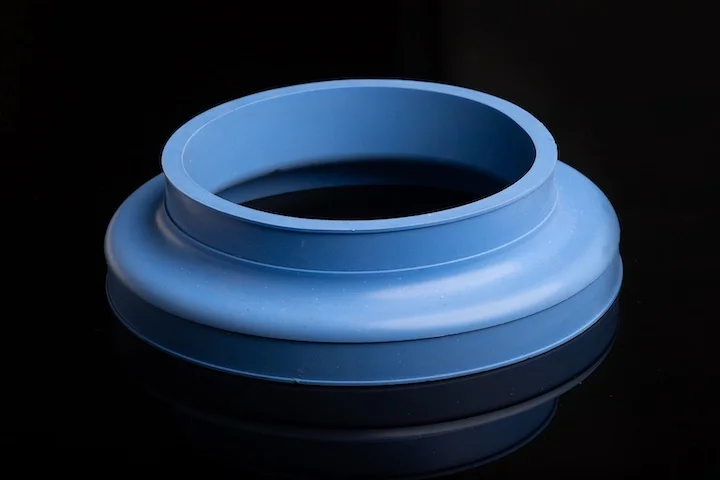In the 3D printing community, the topic of board games is not discussed enough. We have been writing articles about 3D printing and board games since 2014. Since then, millions of board game components have been manufactured and sold worldwide. People have started their own game companies, invented their own games, made scene models, and customized figurines. Some companies offer subscription services for board game creation files, while others sell finished components. Some sell to hobbyists who like to finish components by themselves, and other 3D-printed game components are sold as commercial products online or in physical stores. Additive manufacturing (3D printing) can produce components on demand at low cost, which is what attracts the board game community to 3D printing. Over the years, there have been crowdfunding projects (Kickstarters), tool software for scene creation, customizable role-playing games (RPGs) and competitions, the release of modular scene models, and the sale of a large number of miniatures.
Excellent Economy of 3D-Printed Board Game Components
The economy of 3D-printed board game components is excellent. These components are sold at high prices while being very small in size. They mainly use material extrusion systems (mostly used for scene models) and low-cost vat polymerization systems (popular in the figurine field), and the easily accessible desktop-level systems allow people to start businesses in their own basements. The main business models include: subscription services that continuously provide batches of STL files, or the sale of end-use finished components. Many people have their own websites, and file sharers usually use Thangs or similar platforms. The company Only-Games has made some innovations in this regard and has become the “Shapeways” (on-demand manufacturing platform) in the board game industry. You can buy six characters for $42 or one figurine for $7. The company will send the products to you and pay royalties to the creators. It sells gray unpainted figurines to players who like to paint by themselves, and also provides painted figurines for players to use directly in tabletop role-playing games. All kinds of products such as monsters, heroes, scenes, wizards, and dragons are shipped from the United States and the United Kingdom to all over the world. The company can also perform 2D printing of items such as posters.
Only-Games’ Development and Related Advantages
The company has more than 600 3D printers and plans to open a printing factory in Europe, which fully highlights the huge business opportunities in the 3D-printed figurine field. It uses the Shop3D platform to connect creators with the production and distribution links. You can connect the Shop3D plug-in to your own website, Etsy store, Shopify, or WooCommerce plug-in. Therefore, as a creator, you can use WooCommerce for e-commerce, quickly build a website with WordPress, connect order information with Shop3D, and then print with Only-Games. This series of toolchains will charge certain fees, but you can focus on designing and building your audience. The company has no minimum order quantity (MOQ), so you can send a single order to customers for just a few dollars, which helps attract new users who are not yet familiar with you or this hobby. In addition, it can also sell you files for you to print by yourself.
Views from Relevant Personnel
Alex Ziff, CEO of Only-Games, said:
“Game designers are the lifeblood of this industry, but they are often the most vulnerable to external shocks. The infrastructure we are building aims to return power to creators, enabling them to expand their businesses in their own way without compromising their vision or profits. This is not just about manufacturing, but also about access, ownership, and long-term sustainability for game designers. We combine high-end production with a creator-centric strategy, allowing even small teams of two people to deliver products like professional studios.”
Matan Gilat, founder of game design company Eldritch Foundry, said:
“Only Games allows us to focus on what we do best – design and narrative, while they handle logistics. This is the fastest, most comprehensive, and most cost-effective platform we have found. Whether we handle it internally or outsource, they are the best production partners we have ever had.”
Only-Games’ User Groups and Potential Challenges
The company also stated that it has an existing user base that may purchase your miniatures. One of its clients, the “Trench Crusade” project, has generated more than 12,000 orders. The prices of the project’s components are mostly around $12, but many are as high as $45, which alone has brought the platform $140,000 to $480,000 in revenue. As a professional platform, it is likely to directly attract the game design community. Only-Games can definitely use its deeper industry knowledge to discover and cooperate with all potential designers around the world. It can also better understand their needs and culture. Do they all want their own exclusive packaging? Do they need extreme detail? Do they value precision more than speed? This understanding of “industry know-how” may give Only-Games a unique advantage.
On the other hand, platforms like Slant 3D also offer similar services. If Only-Games charges too high a premium, it may find that its users are 流失. Another possible problem is that the company may be very suitable for people who take board games as a “side hustle” but not necessarily for those who make a career out of it. Maybe if you only make 10 models a month, you will never want to print them yourself; but if you have to make 500 models a month, the economic calculation makes printing by yourself very tempting. This will bring Only-Games a “My First Sony problem”, where its most profitable users will eventually grow out of needing the platform, leaving the company to serve low-volume customers. If it can manage to solve these problems and fend off competitors who also see this business opportunity, the company is likely to continue its impressive growth.
Personal Views on the Board Game Industry and 3D Printing
I personally love the board game industry and believe it is a perfect application case for 3D printing. Ten years ago, we talked a lot about “democratizing manufacturing”. Although people’s interest in this topic has diminished now, the board game industry has allowed thousands of creators to make a living from their digital creations through the delivery of 3D-printed goods. The board game industry is a seriously overlooked success story in the 3D printing field, and I can’t wait to see it develop further.

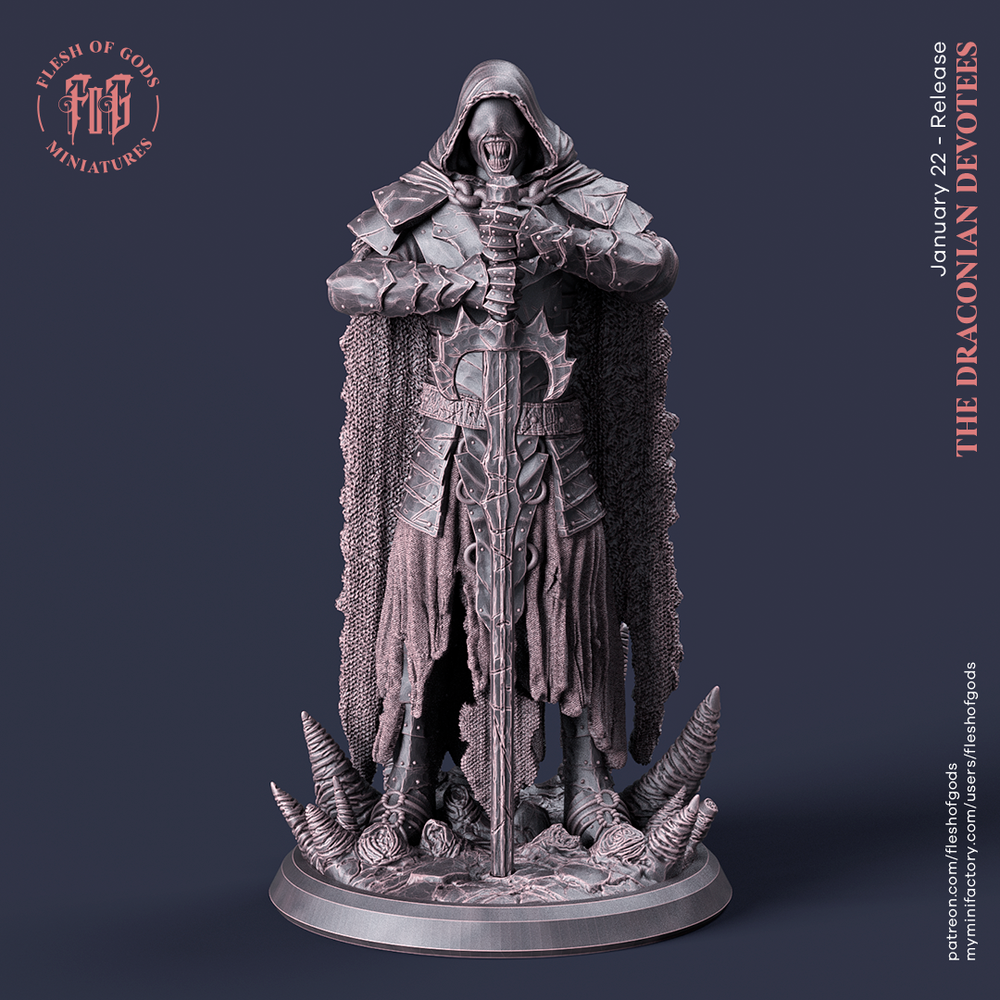
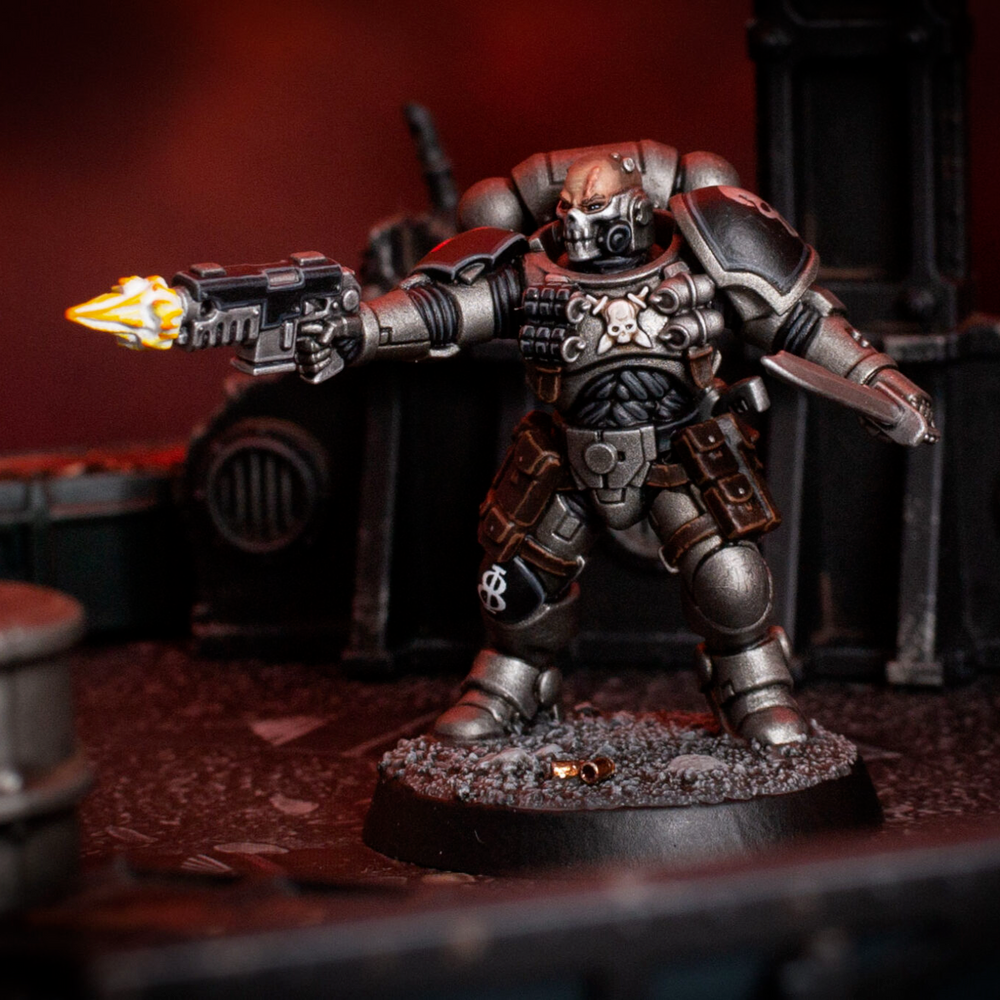
For more information, please contact us at Debaolong Seiko. You are also welcome to upload your designs to Debaolong Seiko for a quote.









